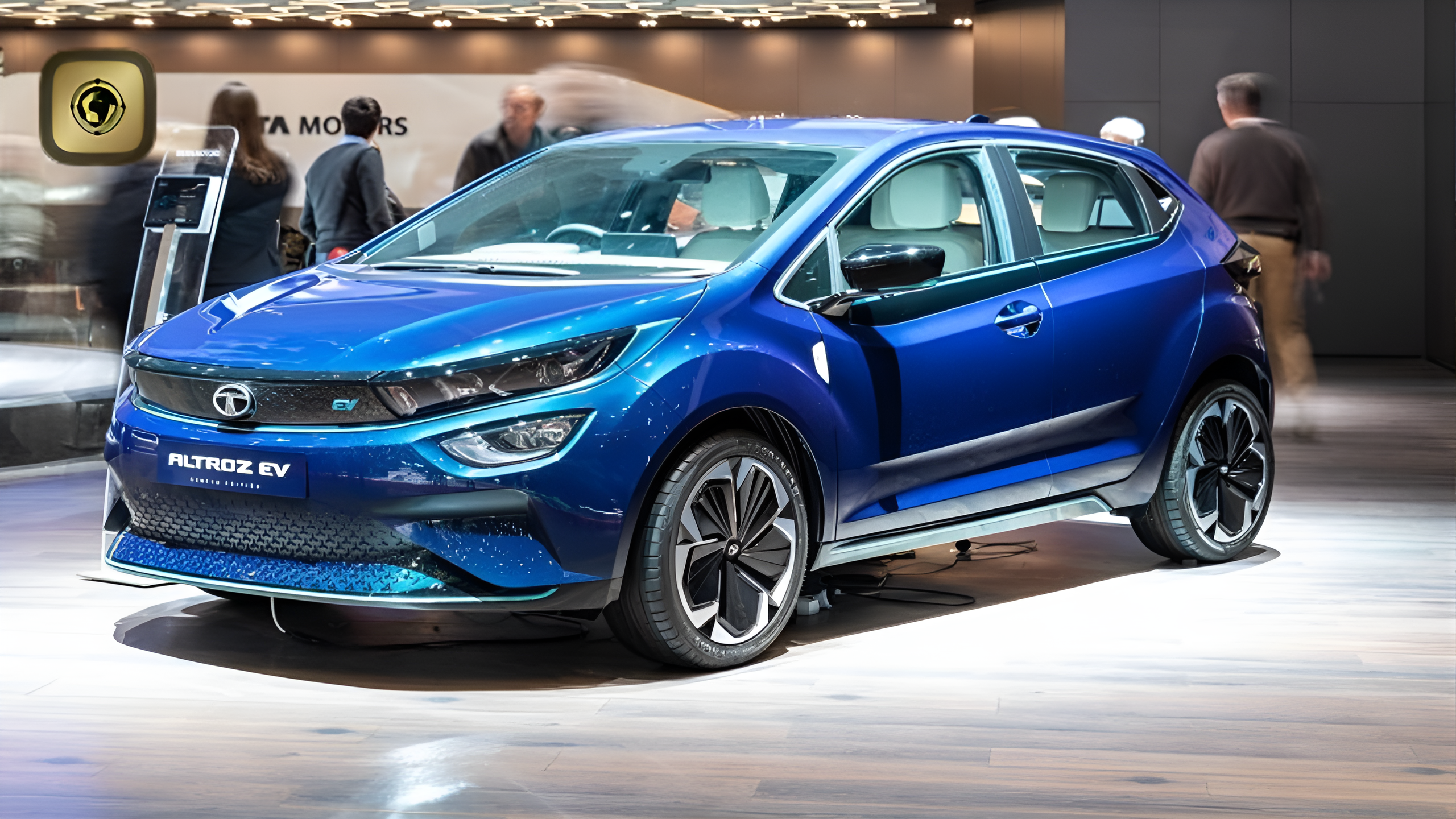March 27, 2025
The type of gearbox in your vehicle significantly impacts your driving experience, and two of the most popular options are Dual Clutch Transmission (DCT) and Continuously Variable Transmission (CVT). Each offers distinct benefits, but the best choice for you depends on your driving style and needs. Additionally, it’s important to ensure that your gearbox is covered in your comprehensive car insurance to protect against unforeseen damages.
What is a CVT Gearbox?
Continuously Variable Transmission (CVT) is an automatic gearbox that doesn’t rely on fixed gears. Instead, it uses a set of pulleys and belts to adjust the gear ratio continuously, providing a smooth transition between gears without the jarring shifts of traditional gearboxes. This setup allows the engine to operate at the most efficient speed, improving fuel efficiency and delivering a smooth driving experience. CVTs are commonly found in everyday vehicles like the Honda Amaze and Nissan Magnite.
How It Works:
A CVT operates using two pulleys with variable diameters. One pulley connects to the engine, and the other is linked to the wheels. The pulleys adjust their sizes, changing the gear ratio continuously, which helps maintain optimal engine speed.
What is a DCT Gearbox?
Dual Clutch Transmission (DCT) is a more sophisticated system where two clutches handle the odd and even gears separately. This allows the gearbox to pre-select the next gear, leading to extremely fast, seamless gear shifts. DCT is commonly found in high-performance cars and sporty models, such as the Hyundai Venue and Kia Sonet, as it offers a responsive and performance-oriented driving experience.
How It Works:
A DCT uses two input shafts, each controlling a separate clutch. While one clutch engages a gear, the other primes the next gear for a smooth, quick shift. This results in near-instantaneous gear changes with minimal power loss.
Comparison: CVT vs DCT
Here’s a breakdown of how CVT and DCT stack up in key areas:
| Feature | DCT | CVT |
|---|---|---|
| Performance | Quick, responsive gear shifts, ideal for performance vehicles. | Smooth, efficient gear transitions, better for daily driving. |
| Efficiency | Less fuel-efficient than CVT, performs well on highways. | More fuel-efficient, especially in city driving and hybrid vehicles. |
| Cost | Expensive to produce and maintain, found in luxury/performance cars. | More affordable and economical, with lower production and maintenance costs. |
| Maintenance | Requires specialized service, clutches may need replacement with heavy use. | Easier to maintain but may require belt replacement over time. |
Advantages and Disadvantages of CVT vs DCT
Advantages of CVT:
- Smooth Driving: No noticeable gear changes make for a fluid, comfortable ride, particularly in city traffic.
- Fuel Efficiency: Keeps the engine running at its most efficient speed, leading to better fuel economy, especially in urban driving conditions.
- Lower Costs: Simpler design leads to cheaper production and maintenance, making it an economical choice for daily drivers.
Disadvantages of CVT:
- Limited Responsiveness: CVTs lack the instant power delivery of traditional gear systems, making them less suitable for high-speed driving or acceleration.
- Durability Issues: Over time, the belt and pulley system may degrade, especially under heavy loads or frequent use.
- Lack of Engagement: Enthusiasts may miss the physical interaction with gears that traditional manual or performance gearboxes offer.
Advantages of DCT:
- Quick Gear Shifts: DCT provides extremely fast gear changes, which is a significant advantage for performance driving.
- Performance-Oriented: Ideal for cars that require high torque and swift power delivery, making it perfect for sports and performance vehicles.
- No Power Loss: DCT systems preserve continuous torque during gear changes, offering smoother acceleration and better overall power delivery.
Disadvantages of DCT:
- High Costs: The complex dual-clutch system can be expensive to produce, maintain, and repair.
- Complexity: Repairs require specialized expertise, which could be hard to find in some areas.
- Heat Buildup: DCTs can overheat under extreme driving conditions or when used aggressively, which may affect reliability.
Which Gearbox is Better?
- For Performance Driving: DCT is the clear winner. Its fast, responsive gear shifts make it ideal for performance-oriented vehicles and driving enthusiasts.
- For Daily Commuting: CVT shines in city driving, providing smooth, fuel-efficient, and hassle-free driving.
- For Off-Roading: DCT’s quick gear shifts and strong power delivery make it more suited for off-roading and rugged conditions.
- For Towing: CVT’s smoother power delivery can be beneficial for light-duty towing, but DCT can handle heavier loads with quicker shifts.
Conclusion
There is no definitive answer as to which gearbox is superior—DCT or CVT—as it ultimately depends on your driving preferences. DCT is ideal for performance lovers who want fast gear shifts, while CVT excels for those who prioritize smoothness, efficiency, and comfort. Regardless of the gearbox you choose, don’t forget to protect your vehicle and gearbox with comprehensive or third-party car insurance to safeguard against unexpected repairs and damages.



Leave A Comment